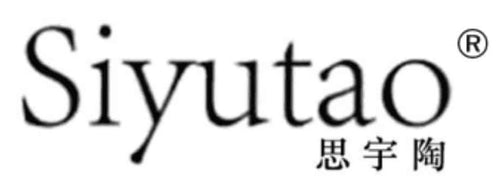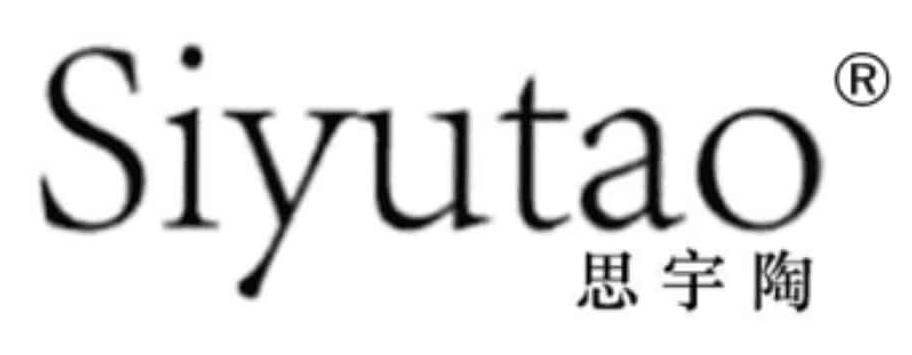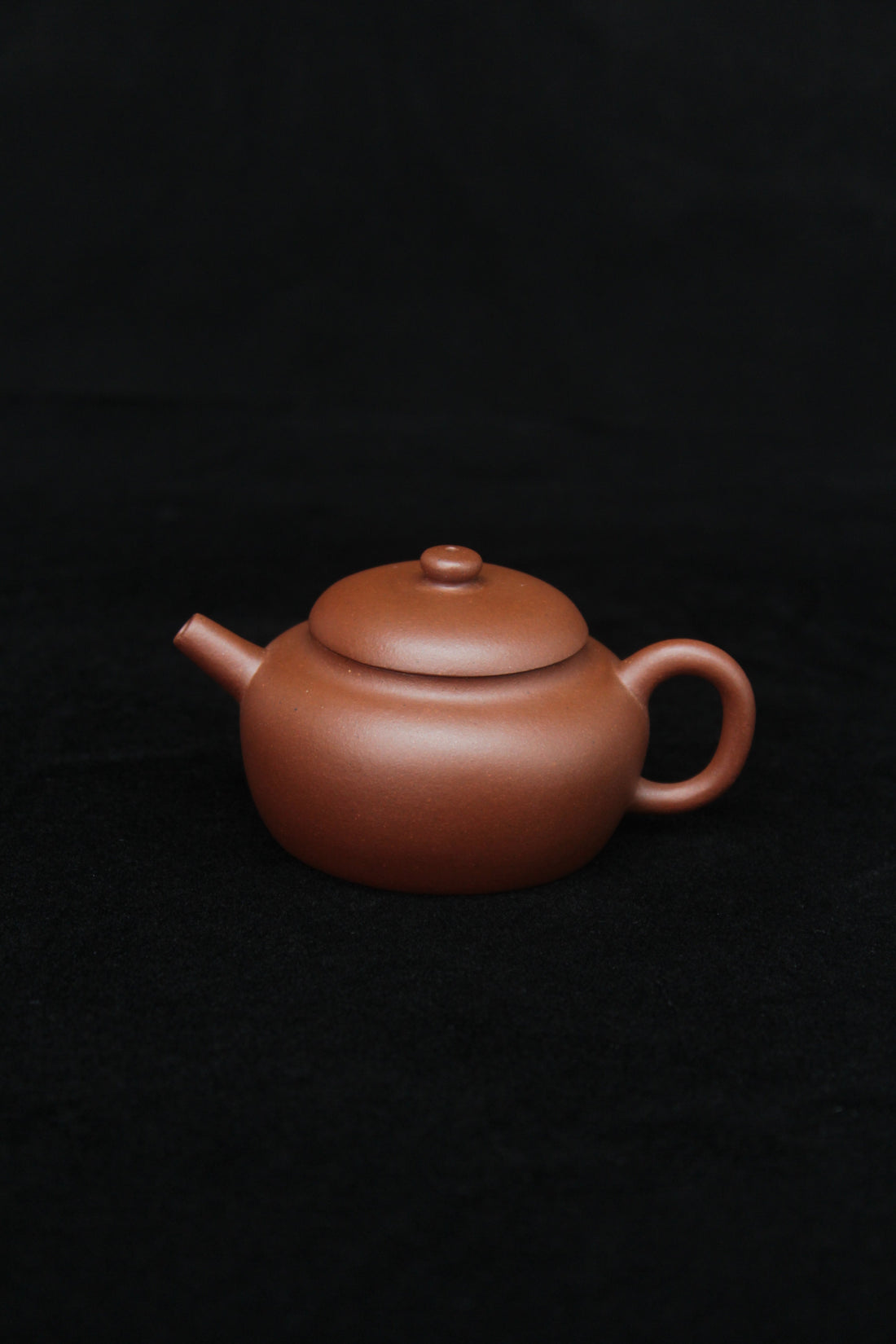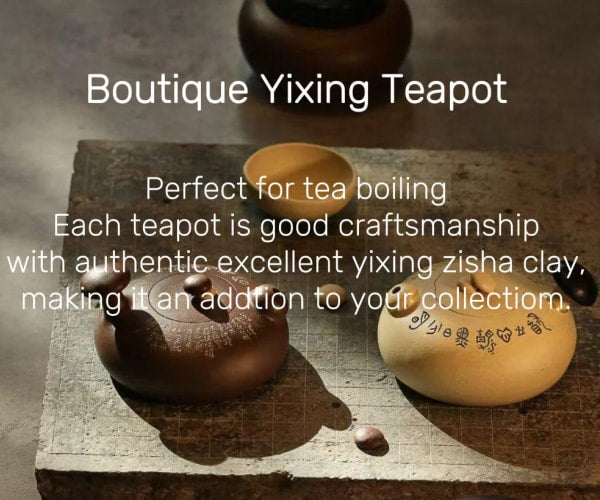Yixing Zisha vs. Guangxi Nixing: A Tale of Two Legendary Chinese Teapots
China’s ceramic heritage is as rich and diverse as its history, and among its treasures, Yixing Zisha (purple clay) and Guangxi Nixing pottery stand out as two iconic representatives. Both are celebrated for their durability, thermal resilience, and the unique charm they develop over time. Alongside Yunnan Jianshui and Sichuan Rongchang pottery, they form China’s "Four Great Ceramics," revered globally. Yet, despite their shared acclaim, Yixing Zisha and Nixing clay differ profoundly in craftsmanship, aesthetics, and functionality. Let’s explore these distinctions.
1. Origins and Materials
Yixing Zisha: Hailing from Jiangsu’s Yixing region, Zisha clay is mined from local ore deposits. Its mineral-rich composition (primarily iron, quartz, and mica) gives it a distinctive granular texture and a natural color spectrum ranging from deep purples and reds to earthy browns and yellows. Fired at 1100–1200°C in an oxidizing atmosphere, Zisha retains vibrant hues that deepen with use, never fading.


Nixing Clay: Sourced from the banks of the Qin River in Guangxi, Nixing clay contains high iron content, resulting in a reddish-purple base with subtle russet undertones. Its fine, dense texture makes it challenging to shape, and its high shrinkage rate during firing leads to lower yields. The final product often features a polished, marble-like finish after meticulous hand-sanding.

2. Craftsmanship and Form
Yixing Zisha:
Yixing teapots are synonymous with meticulous artistry. Artisans employ the slab-building technique (拍身筒 pai shen tong) or clay-strip assembly (镶泥片 xiang ni pian), methods requiring years of mastery. These labor-intensive processes allow for intricate shapes: round, square, floral-inspired, or ribbed (“筋囊型” jin nang xing). Each teapot is a testament to precision, often taking weeks to complete.

Nixing Pottery:
Nixing artisans rely on wheel-throwing, press-molding, or slip-casting, enabling faster production. However, the wheel’s limitations restrict shapes to rounded forms. Post-firing, Nixing ware undergoes a unique polishing ritual: the surface is sanded to remove impurities, revealing a glossy, jade-like sheen. Another hallmark is the carved-and-inlay technique (刻填工艺), where patterns are etched into the clay and filled with contrasting slip (e.g., white on red), creating elegant, literati-inspired motifs.

3. Aesthetic and Functional Traits
Yixing Zisha:
-
Appearance: Zisha’s unglazed surface matures with use, developing a soft patina. Its earthy tones and subtle grain evoke rustic sophistication.
-
Functionality: Zisha’s double-pore structure allows micro-oxygenation, enhancing tea flavors while neutralizing odors. It retains heat evenly, resists thermal shock, and absorbs tea oils over time, enriching both aesthetics and taste. An old Zisha pot can infuse boiling water with lingering tea fragrance—no leaves needed!

Nixing Pottery:
-
Appearance: Polished to a mirror-like finish, Nixing ware often combines deep crimson or violet hues with inlaid patterns, exuding classical elegance.
-
Functionality: While less porous than Zisha, Nixing clay’s density makes it excellent for aged teas like pu’er. However, it lacks Zisha’s breathability, slightly muting tea subtleties. Its smooth surface is easy to clean but doesn’t develop the same organic luster.
4. Cultural Significance
Yixing Zisha:
For centuries, Yixing teapots have been the gold standard for tea connoisseurs. Their fusion of ergonomic design and natural aesthetics reflects Daoist principles of harmony. Collectors prize Zisha for their historical lineage and unmatched tea-enhancing properties.
Nixing Pottery:
Nixing ceramics carry a strong regional identity, often adorned with poetic carvings or landscapes. The carved-and-inlay technique mirrors traditional Chinese ink painting, appealing to scholars and art lovers. While less dominant in tea circles, Nixing’s artistry secures its niche as a cultural artifact.
Conclusion: Two Legends, Two Purposes
Yixing Zisha teapots reign supreme for tea brewing, their unparalleled functionality honed over centuries. Nixing pottery, meanwhile, captivates with its polished beauty and literary flair—a canvas for artistic expression.
For tea purists, Zisha remains unmatched. For those who cherish storytelling, Nixing offers timeless allure. Together, they embody the duality of Chinese ceramics: one rooted in utility, the other in artistry, both eternal.



